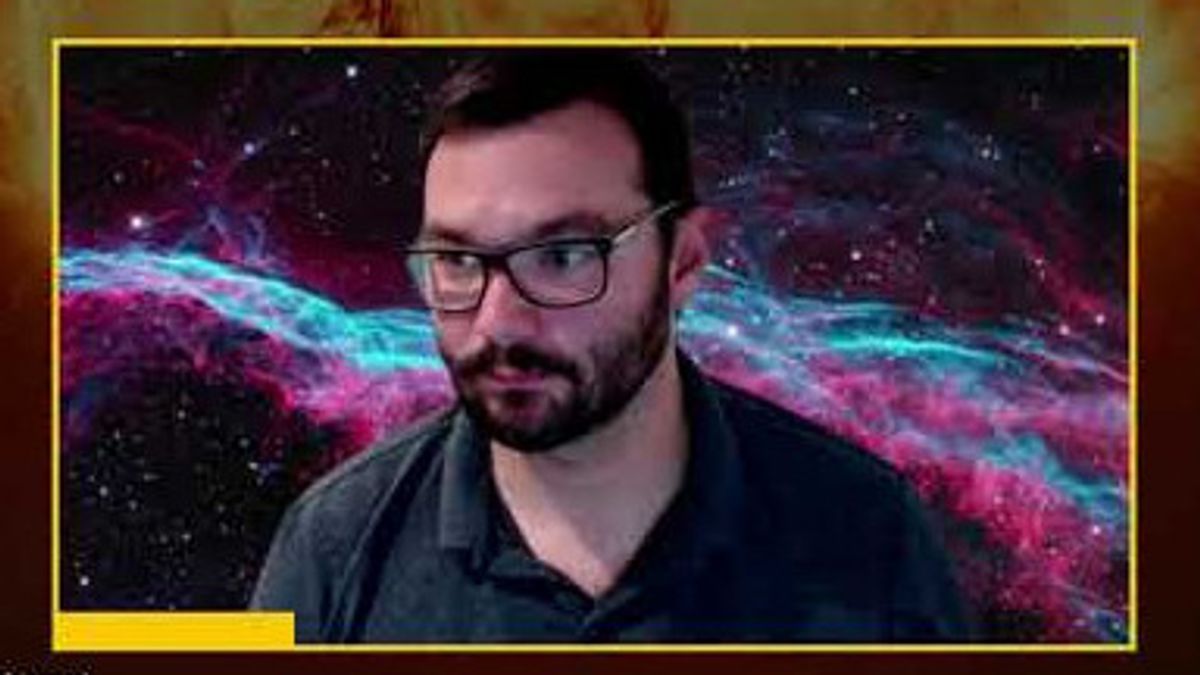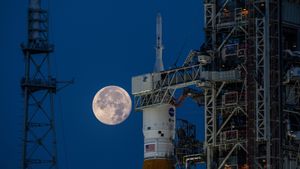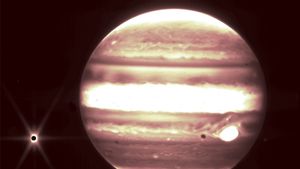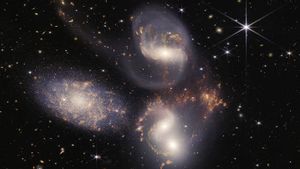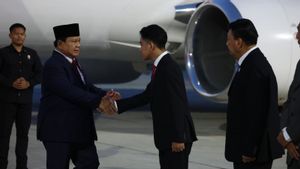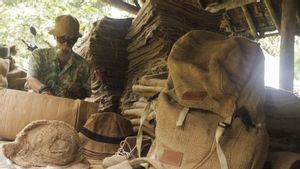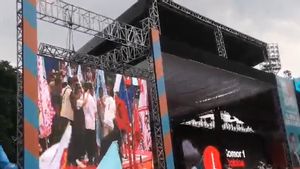JAKARTA - Astronomers have found a new way to 'see' through the mists of the early universe so they can detect light from the first stars and galaxies.
Observing the birth of these objects has long been a goal of scientists because it will help explain how the universe evolved from the void after the Big Bang to the complex cosmos we observe today, or 13.8 billion years later. This is something commissioned by the new James Webb Space Telescope.
But while Webb sees wavelengths in the infrared, the Earth-based next-generation SKA (Square Kilometer Array) telescope – due to be completed by the end of this decade – will study the early universe via radio waves.
For today's radio telescopes, the challenge is to detect the star's cosmological signal through thick hydrogen clouds, which block view because it absorbs light so well.
Distortion from other radio signals can also get in the way, which is considered one of the extreme challenges facing modern radio cosmology.
For example, signals from distant galaxies that astronomers are trying to detect are about 100.000 times weaker than those from our own galaxy.
But researchers led by the University of Cambridge have now developed a new methodology, using mathematics, that allows them to see through ancient clouds and other sky noise signals.
It would therefore allow them to avoid the detrimental effects of distortion introduced by radio telescopes.
Their idea, which is part of the REACH (Radio Experiment for the Analysis of Cosmic Hydrogen) experiment, would allow astronomers to observe the earliest stars through their interactions with hydrogen clouds, in the same way we infer landscapes by looking at deep fog of shadows.
The hope is that it will improve the quality and reliability of observations from radio telescopes looking at this key, unexplored time in the universe's development. The first observations from REACH are expected later this year.
"By the time the first stars formed, the universe was largely empty and composed mostly of hydrogen and helium," said study lead author Dr Eloy de Lera Acedo, from Cambridge's Cavendish Laboratory, as quoted by the Daily Mail.
"Due to gravity, the elements eventually came together and the conditions were just right for nuclear fusion, which formed the first stars," he added.
"But they're surrounded by a cloud called neutral hydrogen, which absorbs light so well, it's difficult to detect or observe the light behind the cloud directly."
SEE ALSO:
In 2018, another research group published results hinting at the possible detection of this earliest light, but astronomers were unable to repeat it which led them to believe that the original result might have been caused by interference from the telescope used.
"The original results will require new physics to explain, due to the temperature of hydrogen gas, which should be much colder than our current understanding of the universe," said Dr de Lera Acedo.
"If we can confirm that the signal found in the previous experiment really came from the first star, the implications would be enormous," he added.
To study this period of development of the universe, often referred to as the Cosmic Dawn, astronomers used a 21-centimeter line, a sign of electromagnetic radiation from hydrogen in the early universe.
They looked for radio signals that measured the contrast between the radiation from the hydrogen and the radiation behind the hydrogen fog.
The methodology developed by Dr de Lera Acedo and his colleagues uses Bayesian statistics to detect cosmological signals in the presence of interference from telescopes and general noise from the sky, so that the signals can be separated.
The English, Chinese, Japanese, Arabic, and French versions are automatically generated by the AI. So there may still be inaccuracies in translating, please always see Indonesian as our main language. (system supported by DigitalSiber.id)
